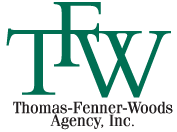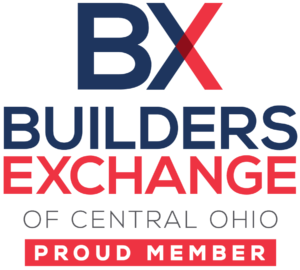Most employers look at Workers Compensation as just another necessary evil and unavoidable cost of doing business. It’s usually one of those out of sight, out of mind things when rates are low. It’s not until an employer is hit with a rate hike that they really start to give some thought to their Workers Compensation rates.
Employers need to constantly look at Workers Compensation as a tool to improve their business’s bottom line, and they certainly need to make an effort to keep their low rates over the long term so that they can take advantage of some significant savings.
Here are four common mistakes made by employers that frequently deter their Workers Compensation savings:
1. Assuming that lower rates equate to lower costs. Don’t make the faulty assumption that your cost will go down automatically just because your rates have been reduced. Workers Compensation insurers use an experience modification factor to examine the actual losses incurred by the insured company and establish cost. The actual losses are compared with other companies in similar industries. If the insured company’s past losses are below average, then the insurer gives the company a credit rating lowering their premium, but an added surcharge is applied to the premium if the insured company’s past losses are above average.
2. Believing that employers have little control when it comes to the expense of Workers Compensation. Employers know they’ve got to have Workers Compensation insurance. However, this acknowledgment shouldn’t lead to an employer thinking they’ve got to pay excessively for it; employers don’t and shouldn’t. Cost reduction starts at the hiring process. Initiate effective interview techniques and background checks to help ensure the right people are hired for the right jobs. That said, there’s no way to eliminate the possibility of injuries in a workplace completely. Therefore, it’s equally important to have an effective return-to-work program in place to assist injured workers return to work as soon as possible and reduce the cost of their claims.
3. Neglecting or de-emphasizing cost containment and injury management during low rate periods. Safety should be an unyielding focus at all times. This will not only help a company reduce their claim numbers, but also keep their rates low over the long term. Employers need to keep an eye on the issues that frequently impact the costs of claims, such as medical care costs and lost wages. Also, remember that open claims mean escalating costs and negative impacts to the company’s modification factor. Of course, this causes an increased cost for coverage.
4. Not making the association between cost containment and worker retention. Studies have shown that fewer accidents occur among skilled workforces, but even skilled workers can have an accident. A large part of whether or not an injured skilled employee returns to work is based on how their employer responds to them during and after recovery. An important part of an employer’s response will be in having a return-to-work program that includes maintaining constant contact with all injured workers and their health care providers to monitor how they’re recovering and when and how they can get back to work as soon as possible. Skilled employees that are kept in the loop with a return to work program’s periodic phone calls about what workplace changes are occurring in their absence are more likely to return. On the other hand, skilled employees that feel forgotten, undervalued, and disconnected aren’t very likely to return.





